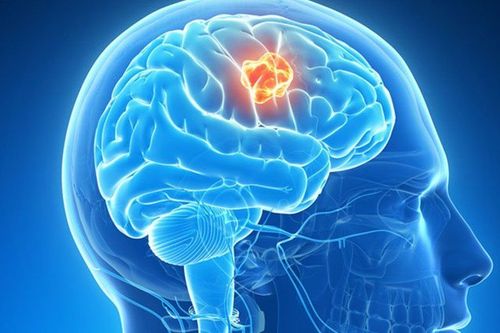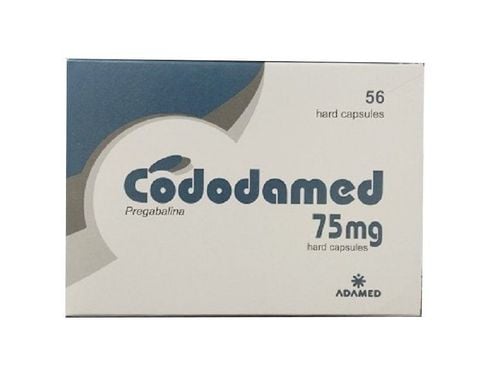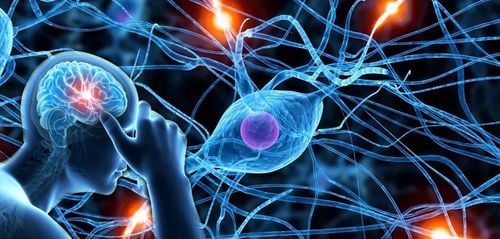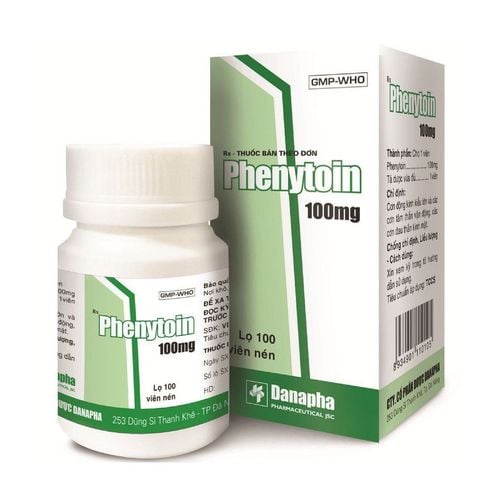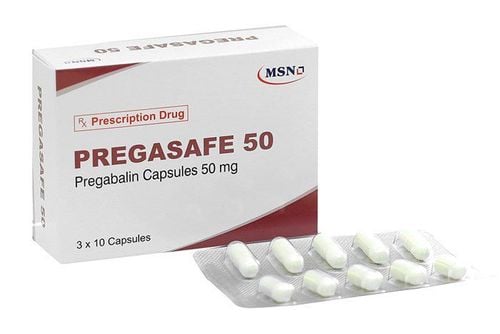This is an automatically translated article.
Seizures are the result of abnormal electrical impulses appearing and transmitting inside the brain. Epilepsy is classified in many different ways, with the most common being generalized and partial seizures. Partial seizures can then be divided into several different categories such as motor partial seizures and complex partial seizures.
1. What is partial motor epilepsy?
Abnormal electrical impulses released at locations in the two hemispheres of the brain are responsible for partial motor epilepsy. These seizures are usually localized to the upper or lower extremities, may spread to other parts of the body on the same side of the body, and do not last too long.
Adults over 60 years of age and children over 1 year of age are the most commonly reported subjects with partial motor epilepsy. Some experts believe that epilepsy is a disease that runs in families, people with family members with partial motor epilepsy have a higher risk of disease than other groups. Some other risk factors that are thought to increase the likelihood of developing the disease include:
Age Accidents and head trauma, most commonly traffic accidents Cerebrovascular diseases History of medical conditions Stroke Infectious diseases in the brain such as: meningitis, brain abscess, meningitis Epilepsy due to high fever in children.

Những người có tiền sử đột quỵ sẽ tăng nguy cơ động kinh cục bộ vận động
2. Causes of partial motor epilepsy
Partial motor epilepsy is a complex disease, and the actual mechanism of disease is still unknown. Some factors leading to partial motor seizures include:
History of diseases related to the central nervous system such as: stroke, brain tumor, progressive neurological disease, memory impairment, brain parenchymal calcification, cortical fibrosis or dysplasia. Injury or accident affecting the head area Alcohol abuse Use of substances such as drugs. In addition, partial epilepsy also occurs when the body:
Congenital GLUT-1 enzyme deficiency Having metabolic disorders in the body Congenital genetic syndrome High fever and infectious diseases.

Nghiện rượu có thể dẫn đến động kinh cục bộ vận động
3. Recognizing signs of partial motor epilepsy
The most prominent symptom of partial motor seizures are seizures that appear without warning and last for a short period of time. These seizures usually manifest as abnormal repetitive movements of the arms, legs, and other parts of the body such as the head, mouth, and eyes.
Hands and feet are often the first two sites of seizure onset with repetitive small-amplitude spasticity or contraction. After that, the patient may continue to show other abnormal movements such as turning the head, shaking the lips, foaming at the mouth.
In addition, movement abnormalities, in motor partial seizures, manifestations related to sensory disturbances may also appear such as numbness, paresthesias on body skin areas.
Not every case of partial motor epilepsy has all of the above symptoms and vice versa, not all people with the above symptoms are diagnosed with the disease. When detecting abnormal symptoms, patients should immediately go to medical facilities to be examined and diagnosed by specialized doctors.
4. Methods of diagnosis of partial motor epilepsy
Diagnosis of a case of partial motor epilepsy requires a combination of many factors, including: history, medical history, clinical examination combined with paraclinical means. The clinical symptoms appearing on the patient play the role of suggestion and guide the diagnosis.
Laboratory facilities play a decisive role in definite diagnosis and differential diagnosis. EEG is the first-line tool in the diagnosis of epilepsy with the presence of abnormal waves. In addition, the doctor may prescribe other imaging methods to supplement the diagnosis such as computed tomography of the brain or magnetic resonance imaging of the brain.
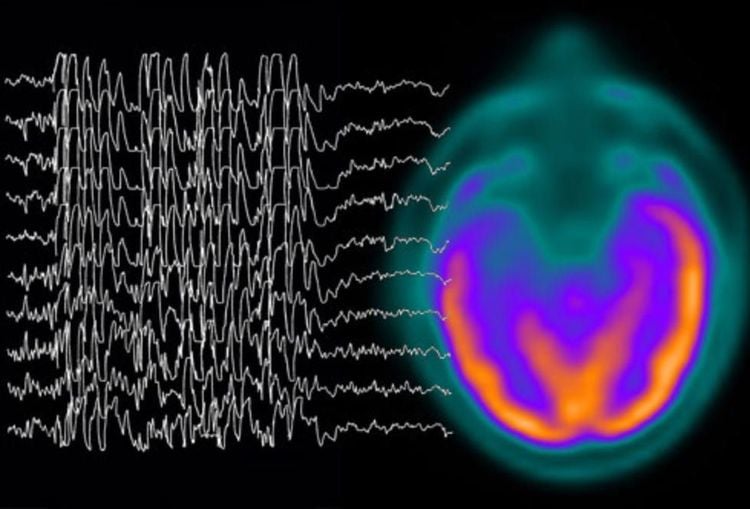
Bệnh nhân động kinh cục bộ vận động được chỉ định đo điện não đồ
5. Methods of treatment of partial motor epilepsy
Currently, there is no specific treatment to completely cure the disease. The main goal of treatment is to prevent and control seizures with mainly medical treatment.
The treating doctor will prescribe one or more combination drugs, the most important of which are antiepileptic drugs. Patients are required to take the medicine regularly and in the correct dose as prescribed by the doctor. Patients being monitored in several centers can have routine blood tests at follow-up visits to quantify drug levels in the blood and promptly detect overdoses, if any. Dosage and administration may be adjusted based on the clinical response of patients with partial motor epilepsy.
Antiepileptic drugs have many unwanted side effects, so patients must absolutely not change their use or give it to others. The medical treatment plan should still be maintained in accordance with the doctor's advice even if the seizures are well controlled.
In addition to using drugs according to instructions, people with partial motor epilepsy can improve their quality of life by the following measures:
Eat a full range of nutrients, not abstain from exercise Regularly, exercise health Limit thinking too much, stress from life and work Do not hesitate to inform relatives and friends about your health status. Teach family and friends what to do when seizures occur.
Please dial HOTLINE for more information or register for an appointment HERE. Download MyVinmec app to make appointments faster and to manage your bookings easily.
MORE
Causes and factors that cause seizures Epilepsy in children: Causes, symptoms Learn how to use epilepsy drugs in pregnant and lactating women




